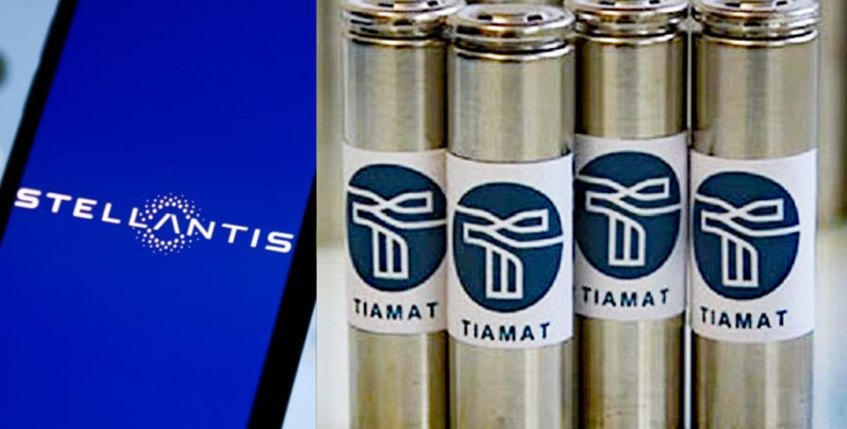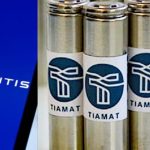Stellantis invests in French sodium-ion battery startup Tiamat to bolster its EV push

Stellantis, the world’s third-largest automaker, announced on Friday its investment in the French sodium-ion battery startup Tiamat as part of a broader effort to diversify its portfolio and ramp up the production of electric vehicles while minimizing reliance on scarce resources.
Although the exact amount of Stellantis’ investment remains undisclosed, it forms part of an initial fundraising round totaling 150 million euros for Tiamat. These funds will be utilized, in part, to establish a new battery factory in northern France, which is anticipated to significantly contribute to the electric vehicle supply chain, Reuters reported.
Tiamat, which emerged from France’s State Institute for Scientific Research CNRS in 2017, boasts the capability to produce competitive batteries without using lithium, a metal in high demand due to the global electrification surge.
Instead, the startup employs sodium, a more abundant resource. Tiamat’s batteries are not only cost-effective but also tailored for smaller vehicles. While offering less mileage compared to lithium-based batteries, Tiamat compensates with faster charging capacity.
Herve Beuffe, Chief Executive of Tiamat, shared that the new battery factory aims to achieve an initial capacity of 0.7 gigawatt-hours by 2026, with plans to scale it up to 5 gigawatt-hours by 2029. This aligns with Stellantis’ Dare Forward 2030 strategic plan, which seeks carbon neutrality by 2038.
Ned Curic, Director of Engineering and Technology at Stellantis, highlighted the significance of exploring sustainable and affordable battery options using readily available raw materials. This move underscores Stellantis’ commitment to leading in the evolving EV landscape and aligning with global sustainability goals.
“Exploring new options for more sustainable and affordable batteries that use widely available raw materials is a key part of our ambitions of the Dare Forward 2030 strategic plan that will see us reach carbon net zero by 2038,” said Ned Curic, Stellantis Chief Engineering and Technology Officer. “Our customers are asking for emissions-free vehicles that offer a combination of robust driving range, performance and affordability. This is our North Star, as Stellantis and its partners work today to develop ground-breaking technologies for the future.”
Shifting to electric propulsion is a crucial element of Stellantis’ Dare Forward 2030 plan, which includes achieving a 100% passenger car battery electric vehicle (BEV) sales mix in Europe and a 50% mix in the United States by 2030. To meet these targets, Stellantis is securing approximately 400 GWh of battery capacity and is on track to become a carbon net-zero corporation by 2038.
Supporting these goals, Stellantis has secured EV raw material supplies through 2027 and is investing in alternative energy storage technologies, including solid-state batteries and lithium-sulfur chemistry in addition to sodium-ion batteries with Tiamat. The new gigafactory in northern France is projected to have a capacity of 0.7 gigawatt-hours by 2026, potentially increasing to 5 GWh by 2029.
Stellantis, headquartered in Amsterdam, is a multinational automotive manufacturing corporation resulting from the merger of the Italian–American conglomerate Fiat Chrysler Automobiles and the French PSA Group. Ranked as the world’s fourth-largest automaker by sales, it follows Toyota, Volkswagen Group, and the Hyundai Motor Group.

